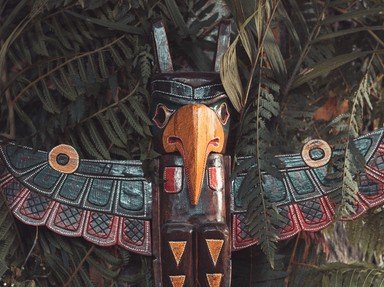
The Varied Homes of Native Americans Quiz
Native Americans lived in many geographical areas and had quite the variety of homes! Match the Native American tribe to the type of home in which they lived. I have also included a geographic reference where the home was typically found.
A matching quiz
by stephgm67.
Estimated time: 3 mins.